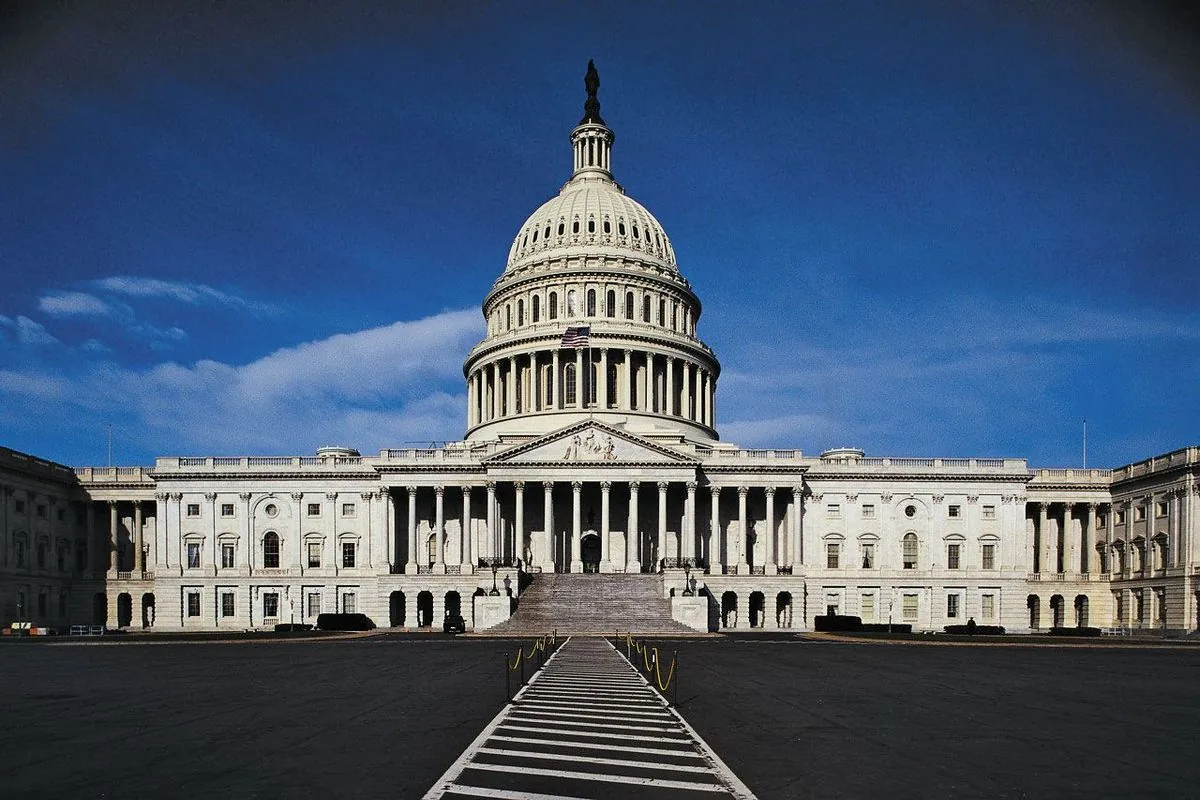India's Services Sector Growth Slows to 10-Month Low in September
India's services sector growth decelerated to a 10-month low in September, with PMI falling to 57.7. Despite the slowdown, the sector maintains expansion, job creation continues, and business outlook improves.

India's services sector, a crucial component of the world's fifth-largest economy, experienced a deceleration in growth during September 2024, reaching a 10-month low. The HSBC final India Services Purchasing Managers' Index (PMI), compiled by S&P Global, dropped to 57.7 from August's five-month high of 60.9.
Pranjul Bhandari, chief India economist at HSBC, noted, "The headline business activity index fell below 60 for the first time in 2024, but we note that at 57.7, it was still much above the long-term average." This observation underscores the resilience of India's services sector, which contributes approximately 55% to the country's GDP.
The PMI, a key economic indicator developed by the Institute for Supply Management in 1948, has remained above the 50-mark separating expansion from contraction for over three years. This sustained growth aligns with India's ambitious goal of becoming a $5 trillion economy by 2025-26.
Despite the slowdown, the services sector continues to create jobs, extending its streak of employment growth beyond two years. This trend is particularly significant given India's unemployment rate of 7.1% in September 2024.

The survey revealed a mixed economic picture:
- New business sub-index dropped to its lowest since November 2023
- International demand growth was the slowest this year
- Business outlook for the year ahead improved
- Cost inflation accelerated due to rising prices of electricity, food, and materials
- Firms passed on extra costs to clients at the slowest pace since February 2022
These findings reflect the complex dynamics of India's economy, which grew by 7.8% in Q1 of the 2023-24 fiscal year. The services sector's performance is particularly crucial, given that India's services exports reached a record high of $323.57 billion in FY23, with a trade surplus of $93.95 billion.
The Reserve Bank of India (RBI), established in 1935, is expected to maintain its key repo rate at 6.50% in its upcoming decision. However, economists anticipate a potential 25 basis point cut in December 2024. This monetary policy stance is influenced by India's inflation, which remained below the RBI's 4% medium-term target in July and August 2024.
India's economic landscape is further shaped by initiatives such as Make in India and Digital India, launched in 2014 and 2015 respectively, aimed at boosting manufacturing and digital transformation. These programs, coupled with reforms like the Goods and Services Tax implemented in 2017, continue to influence the country's economic trajectory.
As of September 27, 2024, India's foreign exchange reserves stood at $586.11 billion, providing a buffer against global economic uncertainties. The National Stock Exchange, established in 1992, serves as a barometer for investor sentiment in this dynamic economy.
While the services sector growth has moderated, it remains in expansion territory, reflecting the resilience of India's economy amidst global challenges. The continued job creation and improved business outlook suggest underlying strength, even as the sector navigates inflationary pressures and varying demand patterns.


































